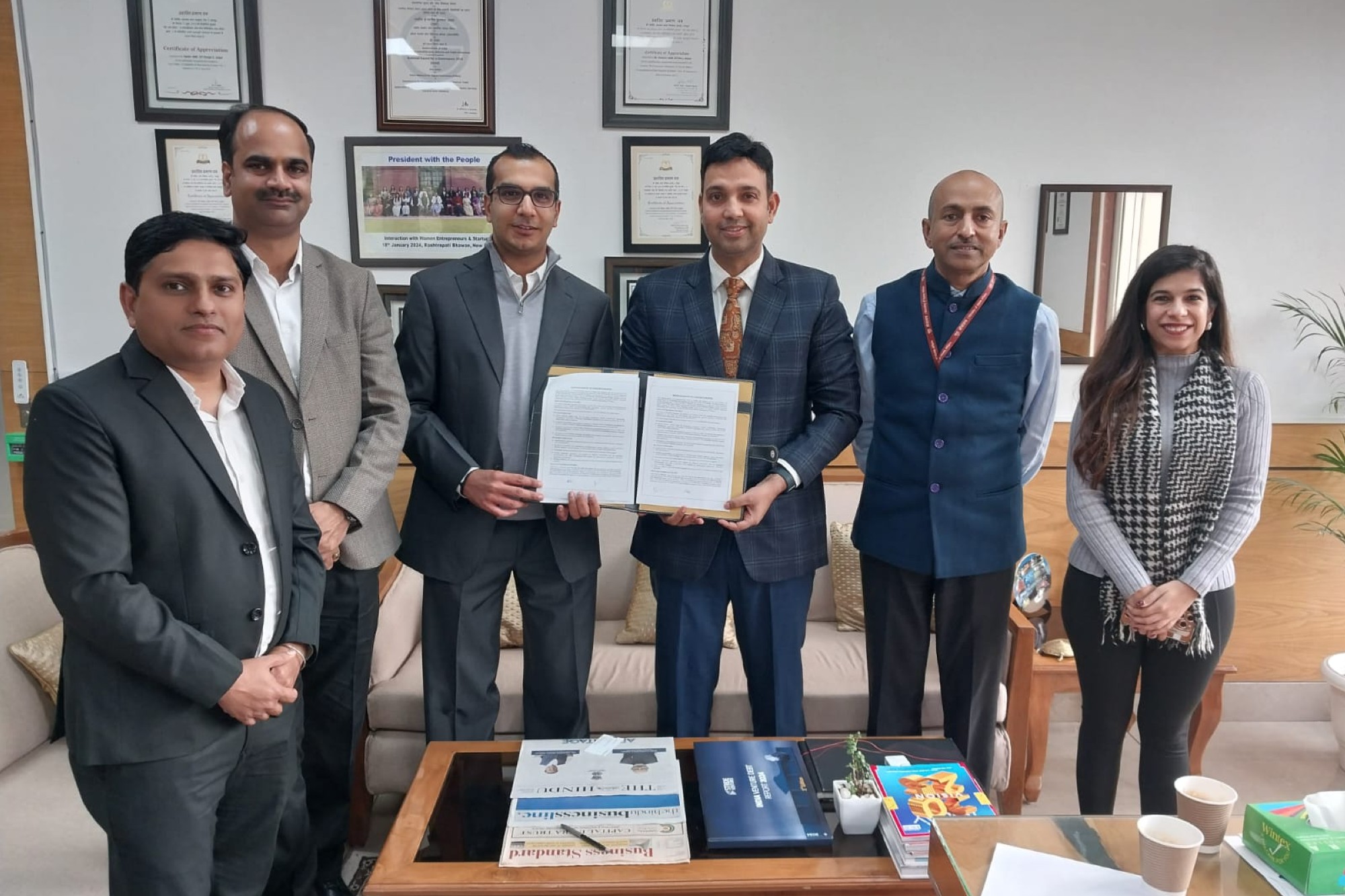Logistics drivers
By Edit Team | April 20, 2017 12:35 pm SHARE

Role of truck driver in bringing competitive advantage in logistics industry Road transportation is one of the important links that facilitates productivity and competitive efficiency, leading to rapid economic development of the country. It also plays a key role in bringing about the development of the remote regions by opening them to trade and investment and integrating them with the mainstream economy. Consider what would happen if every truck were pulled off the road: There would be a perishable goods shortage within three days; drinking water would disappear within two to four weeks. Food supplies in hospitals would be gone in 24 hours. ATMs would be empty in two to three days. “Without a doubt, the sector’s contribution to the economy is significant. There is hardly any business nowadays that doesn’t rely on trucks to bring them either input into what they’re doing or their final product.” Then there would be job losses. While there is no official data, nearly 20 lakh vehicles or 10 per cent of the total vehicle populations are always idle across the country for want of drivers, say industry stakeholders. This sector provides direct employment to nearly 1.2 crore and indirectly up to 10 crore people. Importance of truck driver in logistics industryThe high demand for truck drivers in the country are also largely due to the lopsided manner in which freight moves here. The near-absence of waterways or air cargo means railways and roads haul majority of the goods in India. Even then, there is a particular bias towards roads in the recent past. At the time of Independence, nearly 90 per cent of the freight in India was transported by railways, which remained the prime source of freight transportation till 1990/91. Thereafter, rapid expansion of the road network and creation of multiple expressways cris-crossing the country saw more and more freight being hauled through roads. The increasing shortage of drivers in the past 25 years is a pointer towards the same trend. In 2015/16, an estimated 65 per cent of the country’s freight was transported through 4.7 million km of road.Globally, road freight is considered the most inefficient and expensive mode of freight haulage. It is more time-consuming, prone to damages and at the mercy of external factors. The Indian roadways industry is also particularly poor when judged against global standards. On average, the speed of a truck in India is a mere 30-40 kph that enables it to traverse 250-300 kpl. Globally, the average speed of any truck is much higher at nearly 60-80 kph, which means it covers nearly double the distance in India per day. India spends almost 13 per cent of its gross domestic product (GDP) on transportation, warehousing and logistics. This is much higher than other developing economies such as Brazil, Indonesia, Malaysia and developed economies like the US, Germany, France and Japan. The higher spend is on the back of equally high losses due to inefficiencies estimated at a whopping $99 billion, 4.3 per cent of GDP.Challenges retaining driversThe truck industry, which is the backbone of the transport sector and the economy, is in dire straits. There is enough cargo to carry but shortage of drivers has dealt a blow to this hugely unorganised industry, which mainly consists of single vehicle operators. The shortage of qualified drivers threatens the industry’s continued growth. The challenge for the industry is not only hiring enough professional drivers, but also retaining them. For many transportation companies, attracting and retaining drivers are the biggest challenges. Unfortunately, the truck driver shortage isn’t going anywhere. Many conditions seem to conspire against the industry issues such as an aging workforce, high turnover due to a stronger economy, increasingly strict hours of service regulations and more. Additionally, pay increases instituted during the economic downturn only seem to increase turnover as drivers are too willing to switch to companies with perceived better pay.The driver shortage is a significant challenge and one that continues to be a top concern for the industry personals. In fact, 90 per cent of transporters said they couldn’t find enough drivers who successfully met Department of Transportation criteria. The driver shortage even threatens logistics companies’ ability to compete. How driver shortage impact economySo, what does it take to make trucking a lucrative enough profession for prospective job-seekers? Given the size of the road transportation industry in the country today – it accounts for 3.2 per cent of GDP. The importance of truck drivers cannot be overstated. In the meantime the shortage is already pinching with the economic loss estimated at almost Rs 4,20,000 crore due to trucks lying idle every year. It may be a tad belated, but the private sector as well as the government has begun to realise the need to take corrective measures. Many well-known companies these days have started various driver-training schools, while big fleet owners have not only revised salaries but also started providing social security safety net like provident fund and insurance. The crisis is fast approaching its tipping point where the economy will begin to stutter for lack of goods movers. The problems, however, are fundamental and there is no easy solution. Thrust in development of new roads has improved the turnaround time for each trip, but creating infrastructure for drivers along the highways and removing red tapism in the regulation of the sector is a long- drawn process. Assimilating a truck driver into the broader society will take even longer.Logistics solutions for trucking companiesTrucking companies have to operate with flexibility and agility to make their business more responsive in meeting their client’s needs. Owning transportation logistics allows their organisational services to deliver an efficient operation to the stakeholders. It also helps them comply with the higher standard requirement for a professional trucking company. The storage of cargo and their safe delivery to the points of destinations are monitored by the personnel while cutting down costs in the distribution process.Delivery schedules are processed smoothly without compromising the availability of trucks and truck drivers. With timely and safe delivery of goods, trucking companies can enhance its services and profitability over time. Using logistic solutions provides for an organised streamlining process of your human resource, routine plans, and fleet availability maintenance, data management needed for keeping your operation agile, transparent and efficient. The employment of logistics solution makes the trucking business highly operational with less manpower required and less expensive technology to use as utility in keeping track of the overall business operations. ConclusionUltimately, it’s hard to put a number on just how much the trucking sector contributes to the economy, because its impact reaches far beyond the industry’s own employment and financial contributions to our GDP. Specifically, if it weren’t for trucks, most of the country’s businesses wouldn’t be able to operate. Truck drivers are the most critical players, forming the human backbone of this industry. The role of a truck driver is challenging, given the unpredictable nature and schedule, long periods and distances away from family members, perceived harassment by the police while en route and the job insecurity involved. Poor design and maintenance of the Indian roads add to problems of health and safety. In spite of this, they are paid poorly and not surprisingly there is a growing shortage of drivers. There is both a status and a skill gap among drivers.Many actors in this sector have begun to realise this. There is an increasing focus on bridging the skill gap and providing appropriate en route facilities for drivers. These efforts are fragmented and need more focused attention. Authored by__Sumit SharmaCo-founder of GoBOLT, Next Gen Tech-Logistics Company, Delhi NCR
Cookie Consent
We use cookies to personalize your experience. By continuing to visit this website you agree to our Terms & Conditions, Privacy Policy and Cookie Policy.



















